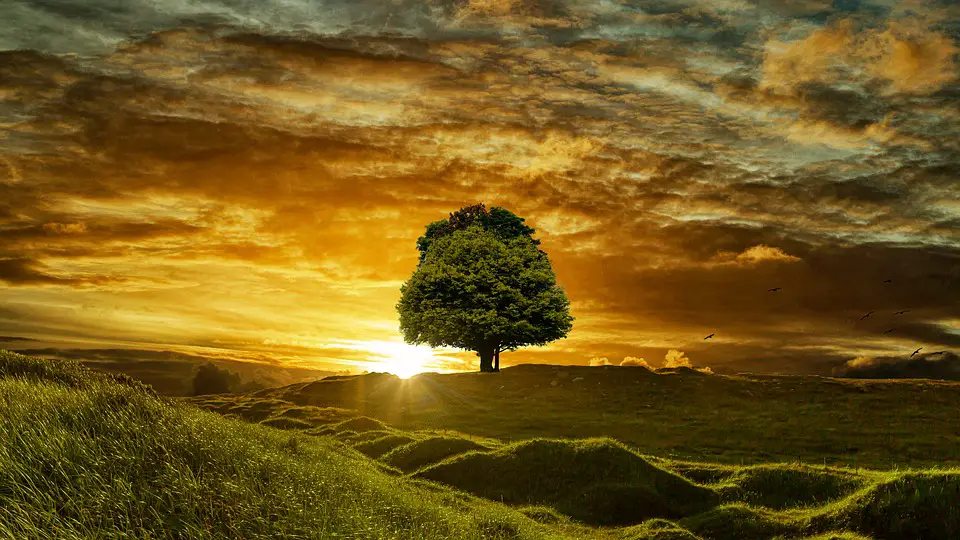
Biology Unit 4 Study Guide: Genetics, Meiosis, DNA and Protein Synthesis
Check out:
Biology Study Guide Book just published and on sale! : Study Guides: Biology Unit Review Practice Questions and Answers
Biology Unit 1 Study Guide: Ecology and Scientific Method
Biology Unit 2 Study Guide: Basic Building Blocks of Life
BioLogy Unit 3 Study Guide: Cellular Processes – Photosynthesis and Cellular Respiration
BioLogy Unit 5 Study Guide: EvOLUTION
Meiosis
Meiosis and mitosis are both types of cell division with very different purposes. Mitosis produces cells that have two copies of each type of chromosome (diploid cells), while meiosis produces cells with only one copy of each type of chromosome (haploid cells). Why is the number of chromosomes reduced for meiosis? So that when two gametes, sex cells, come together they form a cell with the correct number of chromosomes.
|
Mitosis |
Meiosis |
|
Results in 2 diploid cells |
Results in 4 haploid cells |
|
Occurs in all dividing body cells |
Occurs in cells found in sex organs |
|
Results in identical cells |
Due to crossing over, results in offspring that are not identical |
|
During metaphase chromosomes line-up single file |
During metaphase I homologous pairs line-up side by side, during metaphase II chromosomes line-up single file |
What significant event happens in each phase of meiosis?
- During prophase I, homologous chromosomes pair up to form a tetrad and crossing-over occurs, causing genetic variation.
- During metaphase I, homologous pairs line up at the equator of the cell.
- Homologous chromosomes separate during anaphase I.
- During telophase I, two haploid cells are formed by cytokinesis.
- Sister chromatids separate during anaphase II.
- Telophase II results in four different haploid cells. These cells will become sperm cells in a male and egg cells in a female.
WHEN THINGS GO WRONG:
- a) If chromosomes fail to separate this is called non-disjunction.
- b) Circle the steps of meiosis in the exercise above where this might occur.
- c) If the resulting sex cells look like the images below for one chromosome, when did the
chromosomes fail to separate? Anaphase II
- d) What kind of condition will result if cell #1 meets up with a normal gamete? trisomy
- e) What kind of cell will result if cell #2 meets up with a normal gamete? monosomy (this one would be haploid)
STEM CELLS:
Stem cells are cells that have the potential to become several different types of cells, depending on where the stem cells are from. Complete the chart below about the potency of stem cells.
|
Potency |
What the cells are able to become |
Where these stem cells are found |
|
Totipotent |
any type of cell |
from the zygote |
|
Pluripotent |
many different types of cells, but not all types |
from the blastula (embryo) |
|
Multipotent |
can become several types of cells w/in the same tissue |
fetus, umbilical cord, adults |
- Why are scientists interested in stem cell research? What do they hope to do with stem cell research?
Hope to use stem cells to repair damaged tissues or organs
- Although it has great potential because the stem cells are pluripotent, not everyone supports embryonic stem cell research. Why?
Because it requires the destruction of an embryo.
- A new break-through in stem cell research is the ability to create iPS cells. What are iPS cells? How are they created? Why do some people see it as a potential solution to the ethical issues around stem cell research?
iPS cells are induced pluripotent stem cells. They are created by inserting the genes needed for creating a stem cells into an adult cell and turning the adult cell into a pluripotent stem cell. This allows scientists to do research on pluripotent stem cells without the use of an embryo.
DNA and Replication
Process of Discovery
Complete the following table about the contributions of the following scientists to the discovery of the importance of DNA and its structure:
|
Scientist(s) |
Discovery |
|
Avery |
DNA, not protein, is responsible for transformation |
|
Hershey and Chase |
Confirmed that DNA is genetic material transferred from virus to bacteria |
|
Franklin |
Took X-ray photographs of DNA crystals – showed that DNA is a double helix |
|
Chargaff |
Found that #A = #T, #C= #G |
|
Watson & Crick |
Discovered structure of DNA, created first model |
The Structure of DNA
The structure of DNA is described as a double helix because it looks like a twisted ladder. Because it is a nucleic acid , it is made out of many smaller nucleotides linked together. Fill in the following chart on the structure of DNA:
|
Ladder Sides |
Ladder Rungs |
||
|
Nucleotides are made of: |
Deoxyribose (sugar) |
Phosphate Group |
Nitrogen Base |
|
Which are connected by: (name bond type) |
Covalent bonds |
Hydrogen bonds |
|
Fill in the complementary half of the following DNA strand:
side 1 A G A T T C G A G T
side 2 T C T A A G C T C A
Check out:
Biology Study Guide Book just published and on sale! : Study Guides: Biology Unit Review Practice Questions and Answers
Biology Unit 1 Study Guide: Ecology and Scientific Method
Biology Unit 2 Study Guide: Basic Building Blocks of Life
BioLogy Unit 3 Study Guide: Cellular Processes – Photosynthesis and Cellular Respiration
BioLogy Unit 5 Study Guide: EvOLUTION
DNA Replication
DNA replication is the cell’s process of making a copy of its DNA during interphase , right before it enters mitosis. This way when the cell splits in two, both new cells have the right amount of DNA.
Fill in the blanks to the steps of DNA replication:
- DNA replication begins with the enzyme helicase, which unzips the DNA helix.
- Complementary nucleotides are added to both sides of the open DNA in opposite directions using the enzyme DNA polymerase. This enzyme also has the job of proof-reading.
- The final result is two (#) helices, each containing a parent strand and a complementary/daughter strand.
RNA and Protein Synthesis
CENTRAL DOGMA: DNA –> RNA –> PROTEIN
The Structure of RNA
RNA is another type of nucleic acid. Like DNA, it is made of a long chain of nucleotides. However, there are 3 main differences between RNA and DNA. Fill in the differences between RNA and DNA.
|
RNA |
DNA |
Sugar is ribose |
Sugar is deoxyribose |
|
Single-stranded |
Double-stranded (ladder with two sides) |
|
Nitrogen bases are adenine, guanine, cytosine, and uracil |
Nitrogen bases are adenine, guanine, cytosine, and thymine |
Types of RNA
There are 3 main types of RNA that help with making protein. Fill in the missing type of RNA and functions.
|
Type of RNA |
Function |
|
messenger RNA (mRNA) |
Carries information from DNA in the nucleus to the ribosome in the cytoplasm |
|
ribosomal RNA (rRNA) |
Makes up part of the ribosome, which is where proteins are made. |
|
transfer RNA (tRNA) |
Places amino acid in the order dictated by the mRNA |
Transcription of DNA and RNA
Transcription is the process of making an RNA strand that complements one side of the original DNA strand. This happens inside the nucleus of a cell, where DNA is located. Fill in the blanks to the steps of transcription:
The enzyme RNA polymerase is needed for the process of transcription. This
enzyme:
- a) binds to regions of DNA known as promoters
- b) separates DNA strands
- c) attaches nucleotides to form a strand of mRNA
Finish the RNA strand that would complement the following DNA strand:
DNA strand C G T A C C G A T T A G
mRNA strand G C A U G G C U A A U C
The Genetic Code
The mRNA strand is a code that’s read 3 nitrogen bases at a time. This set of 3 nitrogen bases is known as a codon. Each codon matches a specific amino acid.
Translation of RNA and DNA
Translation is the process of using the new mRNA as instructions to show which order the amino acids should go in. This happens in the cytoplasm of the cell. The order of the amino acids determines the type of protein that is made!
Fill in the description of translation below using the diagram above:
During the process of translation, the cell uses information from (G) mRNA to create biomolecules called proteins which are long chains of amino acids. All 3 types of RNA, mRNA, rRNA, and tRNA have specific roles in this process. Structure B/G, known as mRNA, is important because it carries the DNA message from the (A)nucleus to the cytoplasm. There, the (G) mRNA attaches to the surface of (C) a ribosome, which is made partly of the second type of RNA, rRNA. Thirdly, Structure D, also known as tRNA, is responsible for carrying both the (E) anticodon and its specific amino acid. The two amino acids shown in this diagram are methionine and asparagine. The amino acids bind with a peptide bond and form a protein, the final product. Through this process cells create enzymes, produce antibodies, and construct all of the molecules for which our genes code.
Mutations
From the DNA sequence mentioned earlier (C G T A C C G A T T A G), use Figure 12-7 in your textbook to write the amino acid sequence of the polypeptide translated from the mRNA.
Alanine – Tryptophan – Leucine – Isoleucine
If there is a(n) insertion point-mutation mutation, where a T was added between the first C and G in the DNA sequence, what would the new amino acid sequence look like?
Aspartic Acid – Methionine – Alanine – Asparagine
Gene mutations are changes in a single gene while chromosomal mutations are a change in a section of a chromosome. Describe gene mutations and chromosomal mutations in the following chart:
|
Gene Mutations |
Chromosomal Mutations |
||
|
Substitution |
One nucleotide is substituted for another |
Inversion |
Part of a chromosome detaches and reattaches backwards |
|
Insertion |
One nucleotide is added, causing a frameshift |
Duplication |
A section of a chromosome is repeated |
|
Deletion |
One nucleotide is deleted, causing a frameshift |
Deletion |
A section of a chromosome is missing |
|
Translocation |
Sections of two non-homologous chromosomes are exchanged |
||
Check out:
Biology Study Guide Book just published and on sale! : Study Guides: Biology Unit Review Practice Questions and Answers
Biology Unit 1 Study Guide: Ecology and Scientific Method
Biology Unit 2 Study Guide: Basic Building Blocks of Life
BioLogy Unit 3 Study Guide: Cellular Processes – Photosynthesis and Cellular Respiration
BioLogy Unit 5 Study Guide: EvOLUTION
Human Genome Project
The purpose of the Human Genome Project was to sequence the entire human genome. In the beginning of the Human Genome Project, scientists expected to find up to 100,000 genes. A gene is a sequence of DNA that codes for a protein. However, by the end of the project they realized that humans have closer to 20-30,000 genes.
- With the study of epigenetics, what do scientists now know about how environment can affect our genes?
Things that we experience, such as a famine or care from a mother, can affect our epigenetics (whether methyl-molecules are made or not) and therefore control which genes get turned on or off. These epigenetic changes can be passed on to offspring for several generation.
Thanks for reading, and have a wonderful day!
Click and check out these popular articles for more information: 🙂
Ectoderm vs Endoderm vs Mesoderm
Circulatory System: Blood Flow Pathway Through the Heart
Circulatory System: Heart Structures and Functions
Ductus Arteriosus Vs Ductus Venosus Vs Foramen Ovale: Fetal Heart Circulation
Cardiac Arrhythmias: Definition, Types, Symptoms, and Prevention
Upper Vs Lower Respiratory System: Upper vs Lower Respiratory Tract Infections
Seven General Functions of the Respiratory System
Digestive System Anatomy: Diagram, Organs, Structures, and Functions
Kidney Embryology & Development: Easy Lesson
Psychology 101: Crowd Psychology and The Theory of Gustave Le Bon
Introduction to Evolution: Charles Darwin and Alfred Russel Wallace

Copyright © 2021 Moosmosis Organization: All Rights Reserved
All rights reserved. This essay or any portion thereof may not be reproduced or used in any manner whatsoever
without the express written permission of the publisher.




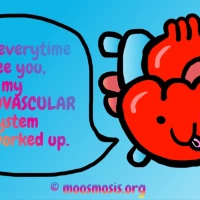

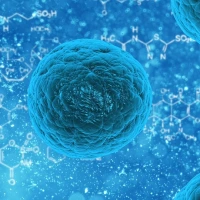
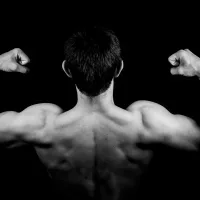
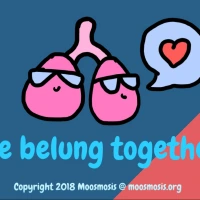
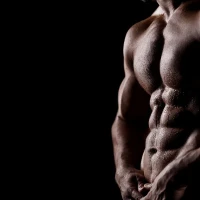
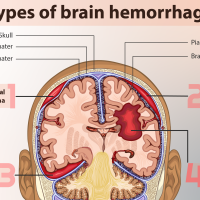
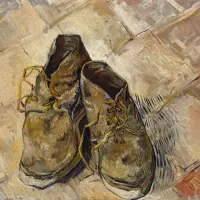
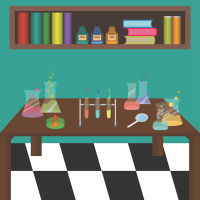


Excellent study guide
LikeLiked by 2 people
thank you!
LikeLiked by 1 person
Helpful and thorough biology review!
LikeLiked by 2 people
thank you!
LikeLike
Awesome biology
LikeLiked by 2 people
thank you!
LikeLike
thank you!
LikeLike
So helpful!
LikeLiked by 2 people